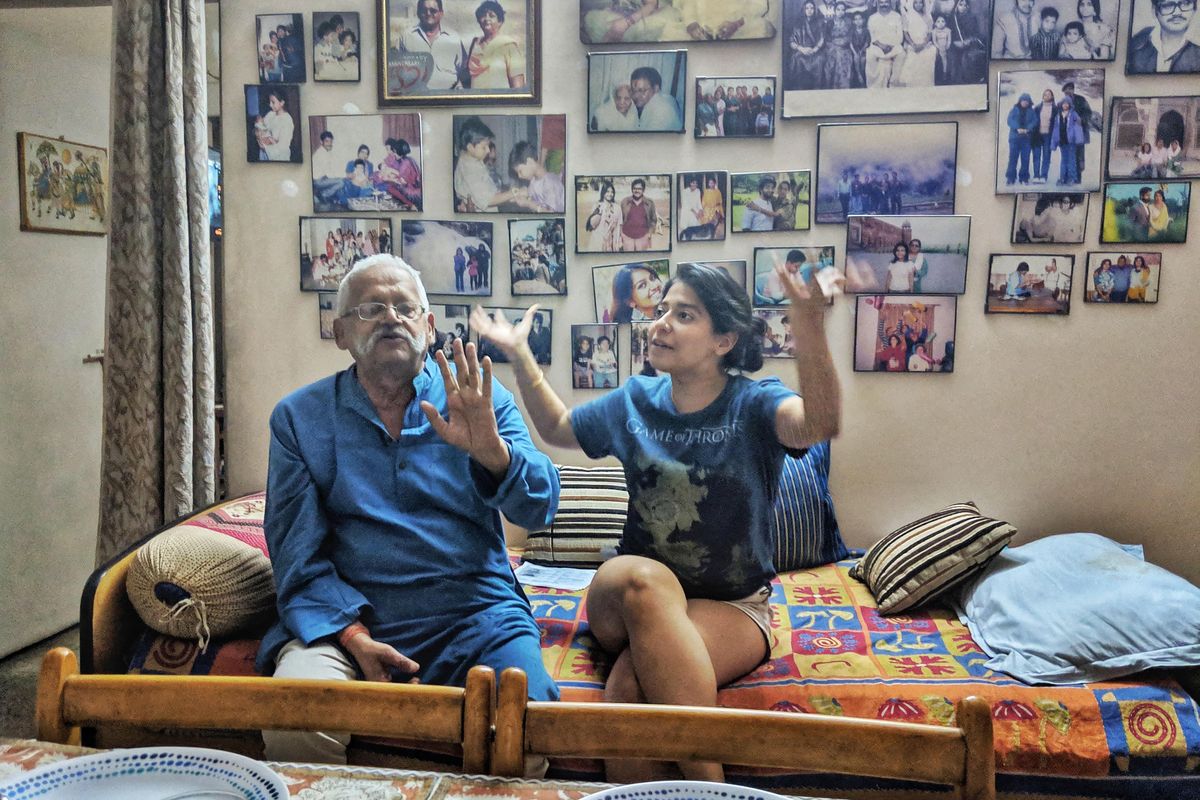Indian election divides families

LUCKNOW, India – In their 31 years of marriage, Seema and Sanjive Khanna have fought many times, the way couples do, over the house or the children or their finances.
But nothing has divided them as bitterly as Prime Minister Narendra Modi in the current Indian election. To Seema, Modi can do no wrong, but to Sanjive, he has done nothing right.
Sometimes, after they argue about Modi, they don’t speak to each other for hours. To keep the peace on their daily walks around the neighborhood, they instituted an informal rule: no talking about politics.
While such bitter political divisions are all too familiar in the United States, they are relatively new in India, the world’s largest democracy. In the seven-phase election that draws to a close here Sunday, India’s politics have increasingly mirrored the United States’: Every issue is filtered through a partisan lens, social media is the scene of rancorous exchanges, and disagreements over politics have strained relationships.
“People had different opinions earlier as well, but the atmosphere was never so hostile,” said Niti Saxena, 47, a women’s rights activist in Lucknow. “This is not healthy.”
And at the heart of the growing divide stands the towering figure of Modi, who inspires either fervent loyalty or deep distrust, not unlike President Donald Trump in the United States.
Modi was elected in a landslide victory in 2014 and is seeking re-election. He leads the Bharatiya Janata Party, a center-right political party built around Hindu nationalism, the idea that India – home to a diversity of religions – is fundamentally a Hindu nation, not a secular republic.
The ugliness in living rooms and around dinner tables reflects the polarization “coming from the top,” said Ashutosh Varshney, a political scientist at Brown University. Modi’s view of politics divides people into friends and enemies, he said.
“If you have that spirit, you will have bitterness instead of competitiveness,” Varshney said. “There is no space for neutral conversation.”
Research confirms that Indian politics is growing more polarized. A 2017 survey by the Pew Research Center found there was a growing partisan gap between supporters of the BJP and the opposition India National Congress party when it came to their views of Modi.
Of course, there are differences between India, with its multitude of parties and parliamentary democracy, and the two-party system in the United States. Still, Modi has worked to turn Indian elections into presidential-style contests, urging voters to focus on him rather than a party or representative in Parliament.
“Earlier it was about the parties, and this is about Modi,” said Ritu Priya, a program manager for a German foundation in Delhi who has fought repeatedly with her father about politics. “Sometimes you think it would be nice if you could have a meaningful conversation. You cannot. Everything will end up a disaster.”
In the new political environment, Indians have developed strategies for dealing with friends, family members and colleagues with differing views: Either stick with your own kind or avoid talking about Modi altogether.
At a recent wedding, Sanjive described being outnumbered by Modi supporters in the family. “I consciously chose to sit with the few who shared my beliefs,” he said.
“I didn’t want the occasion to turn ugly.”